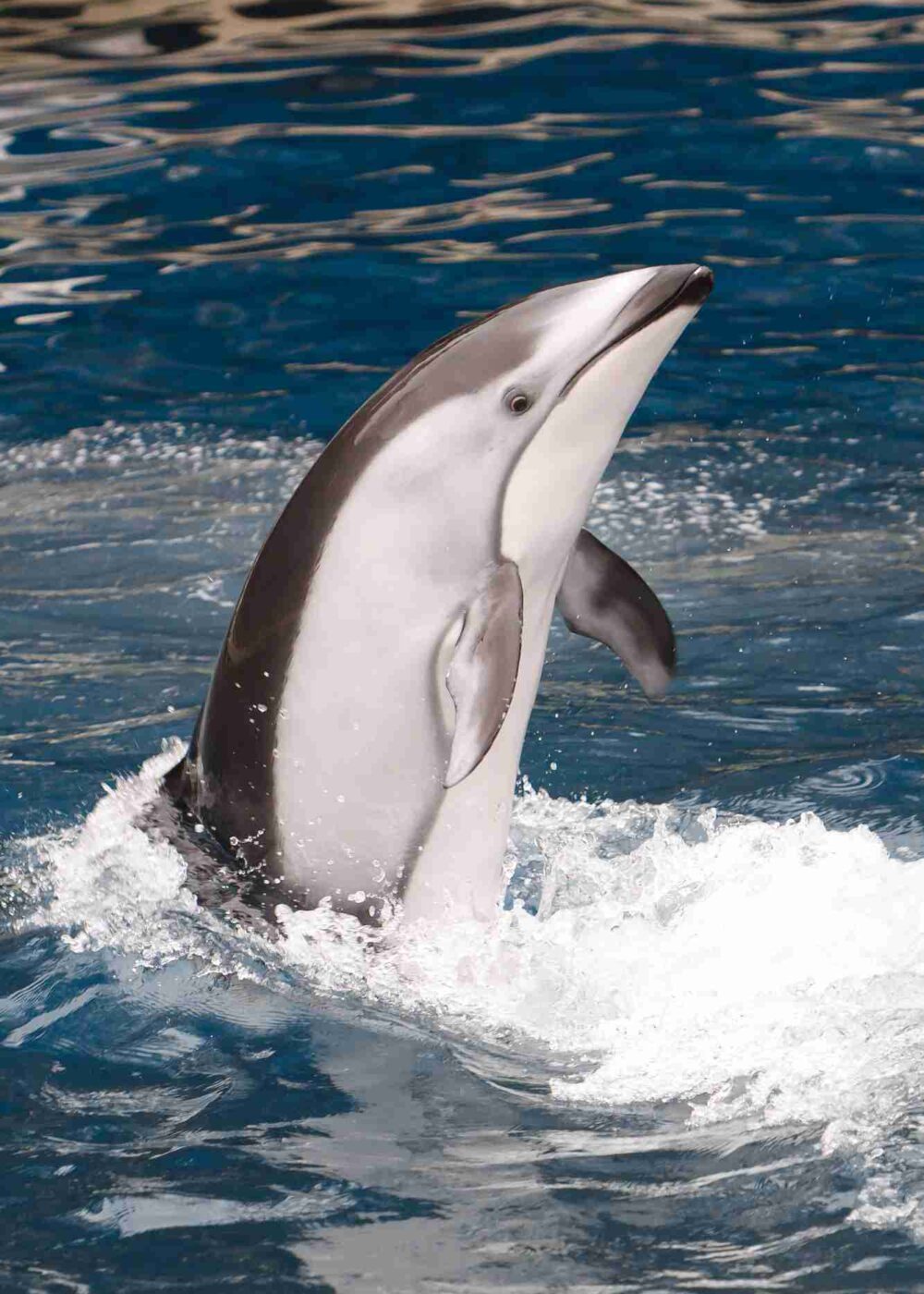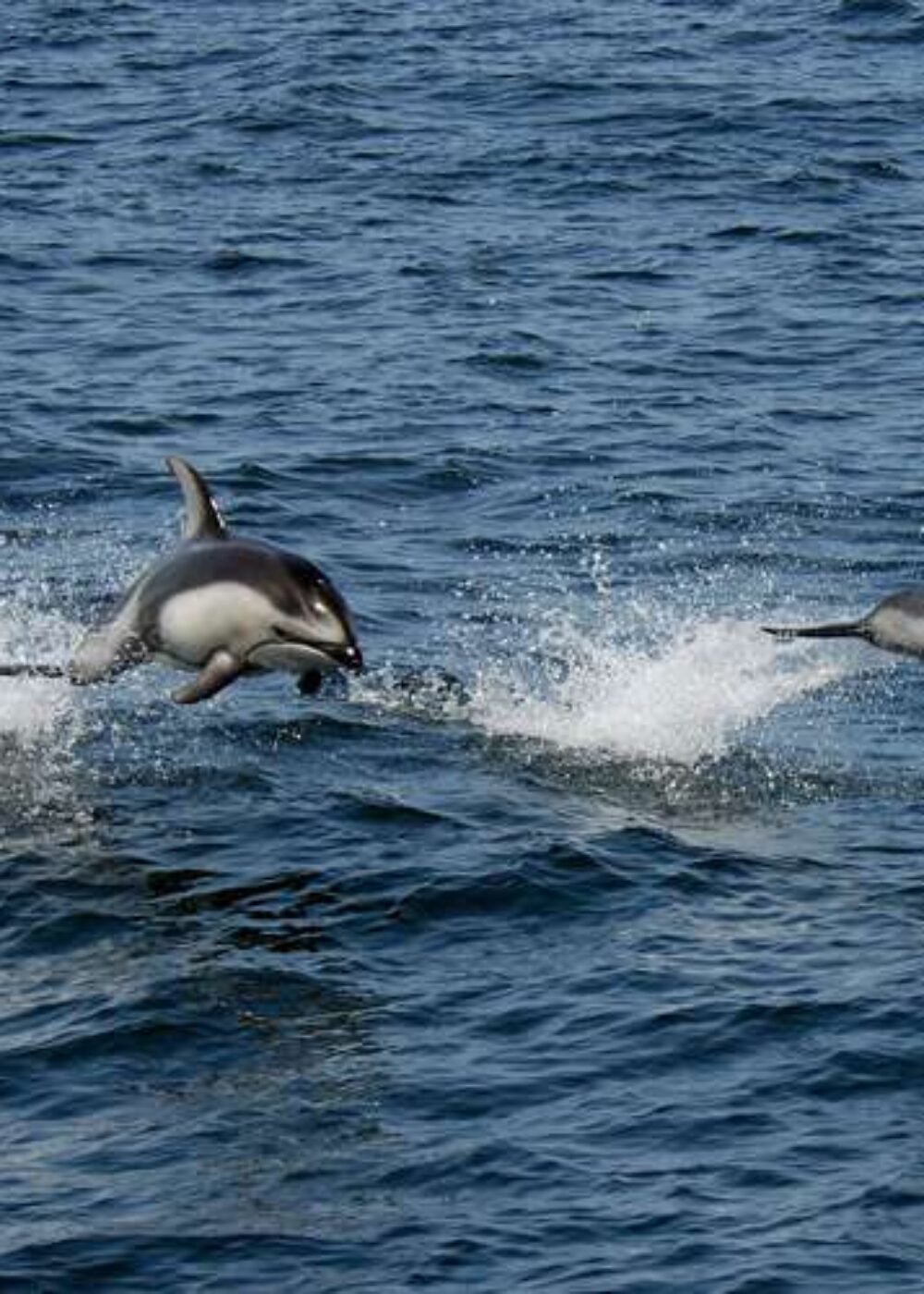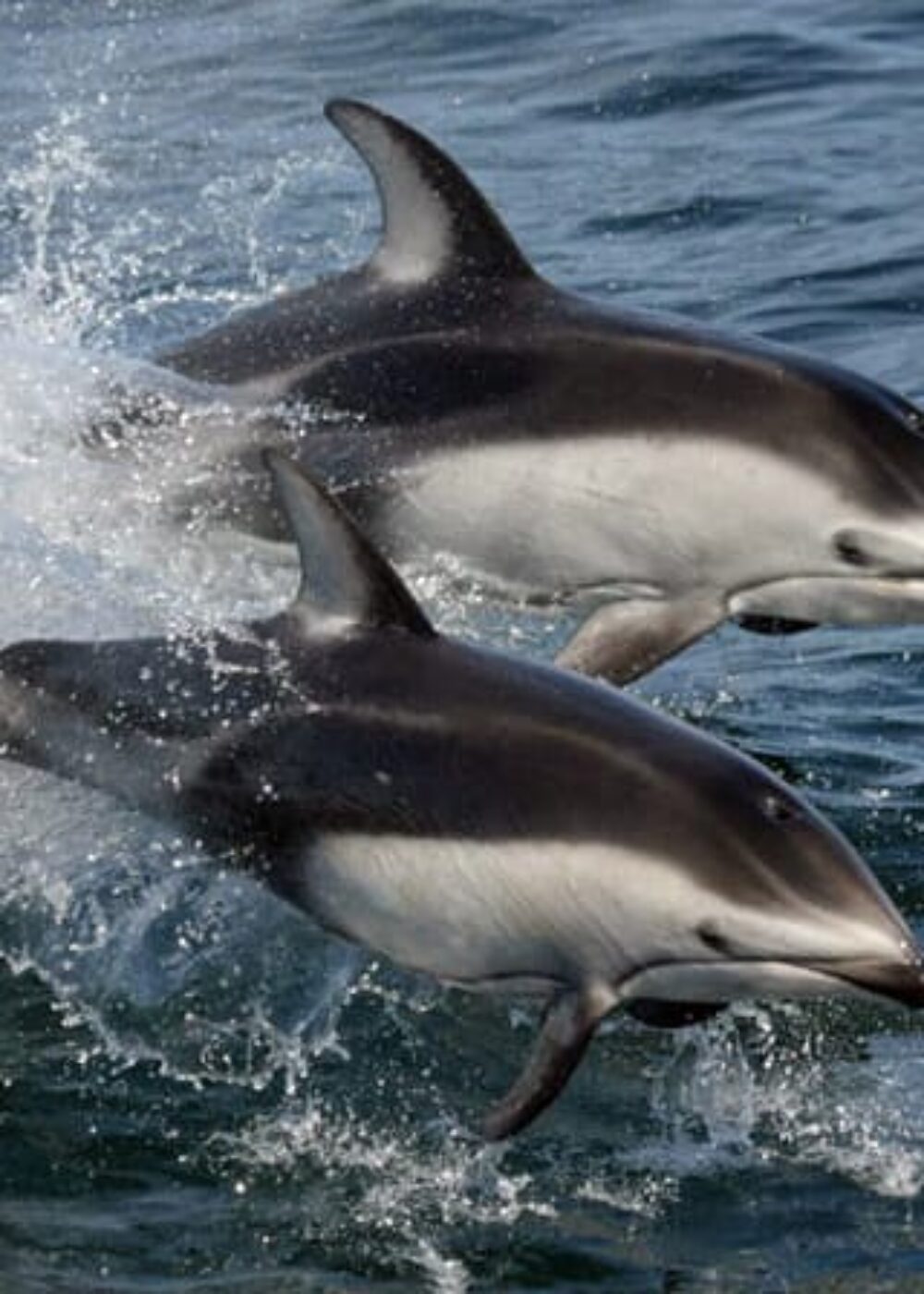The Pacific White-Sided Dolphins, renowned for their strikingly beautiful markings and exuberant nature, are a fascinating species that inhabit the waters around Vancouver Island. This marine spectacle displays a captivating blend of intelligence, agility, and grace that compels admiration.
They thrive in the cold, nutrient-rich waters surrounding this island, exhibiting intriguing behaviours and complex social structures. This document offers an in-depth exploration of their taxonomy, geographical range, preferred habitats, behavioural traits, diet, and reproductive cycles.
It is a respectful and passionate tribute to these magnificent creatures, aimed at fostering greater understanding and appreciation of their role in the marine ecosystem.



